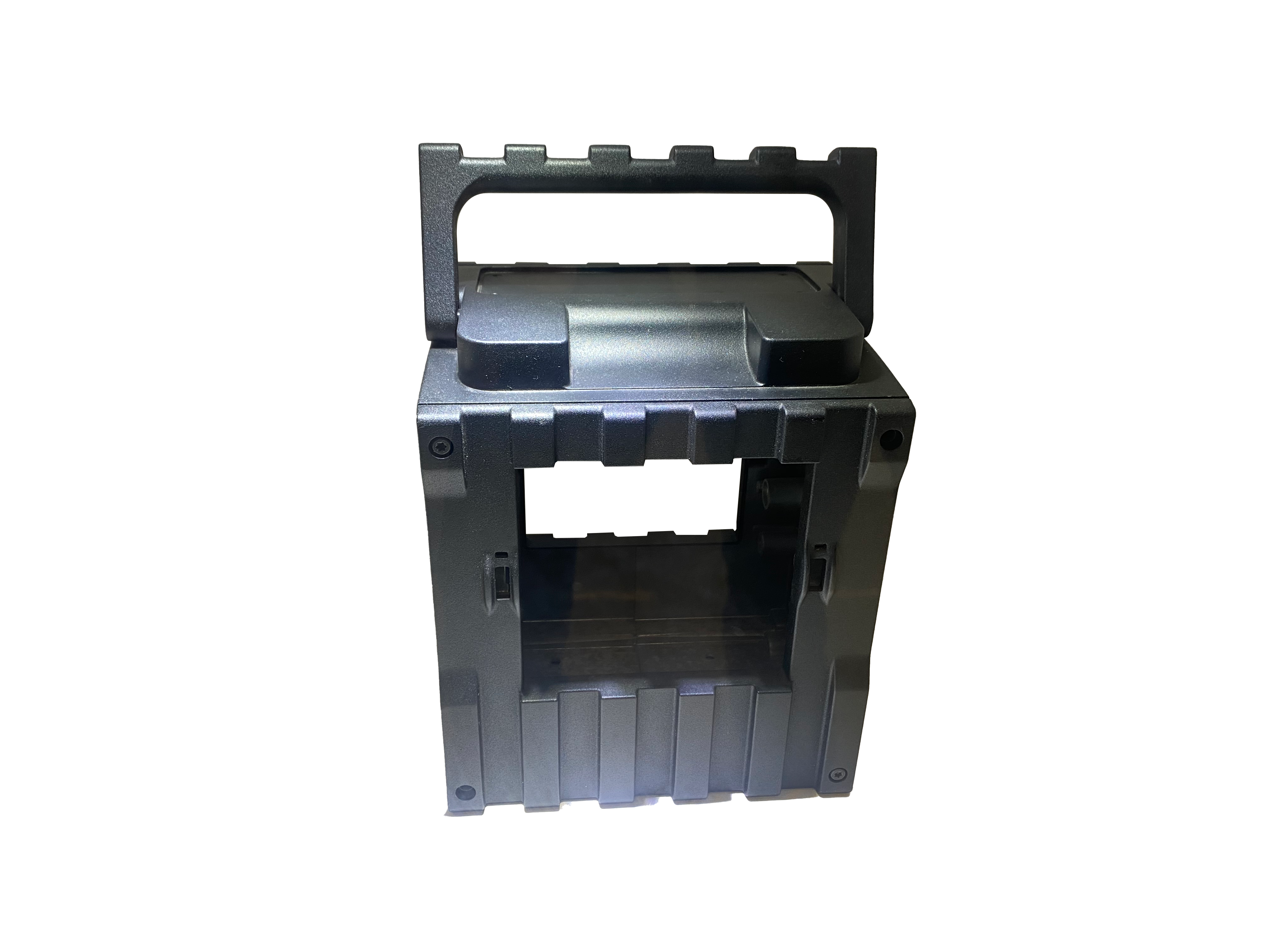इमेल ढाँचा त्रुटि
emailCannotEmpty
emailDoesExist
pwdLetterLimtTip
inconsistentPwd
pwdLetterLimtTip
inconsistentPwd

समाचार
Maintenance and Use of Die Casting Molds(continued)
The injection mold is classified into a processing method for forging liquid die forging and a special type of die-casting die forging machine. So, do you know how to maintain the die-casting die?
In the application of abrasive tools, drape and aluminum skin should be combed immediately to avoid crushing the abrasive tools.

In the application of abrasive tools, usually due to various reasons, the abrasive tool will appear drape and aluminum skin. At this time, it must be combed immediately, otherwise, the continuous production will crush the abrasive tool. It is the position of the guide rail slider. If the ropeway enters the aluminum skin, etc., because the clamping force of the aluminum die-casting machine is very large, the guide rail slider will collapse and be crushed. Therefore, when encountering such problems, the abrasive tool must be combed immediately, and the abrasive tool must be repaired immediately. Otherwise, if the abrasive tool is damaged before overhauling, it will seriously endanger the life of the abrasive tool.
Reduce the casting temperature of lithium bromide solution as much as possible, and develop the service life of abrasive tools.
The casting temperature of lithium bromide solution during aluminum die-casting production not only harms the quality of castings but also harms the service life of injection molds. Generally, in aluminum die casting, the casting temperature of lithium bromide solution is 630-720 degrees. For different parts, we should choose a lower casting temperature as much as possible, which not only saves the driving force but also widens the injection mold. Application lifetime. Because the higher the temperature of the lithium bromide solution, the greater the abrasion of the abrasive tool, the greater the operating scale of the temperature gradient change of the abrasive tool, the greater the thermal expansion and contraction, the greater the fatigue of the abrasive tool, and the easier it is to damage. Therefore, appropriately reducing the pouring temperature of lithium bromide solution is beneficial to broadening the application life of injection molds.
Improve the maintenance of abrasive tools, regularly perform maintenance, and regularly perform quenching and stress relief on the abrasive die.
Injection molds have always been produced under high pressure, high speed, and high temperature, and the application standards are more extreme. There is a risk of damage or problems with the abrasive tool during the entire application process. Therefore, it is very important to improve the maintenance of abrasive tools, regularly carry out maintenance of abrasive tools, replace damaged locations, replace spare parts, comb ropeways, small chain holes, etc., to ensure the reliability of abrasive tools during aluminum die-casting production. It can also extend the service life of abrasive tools.
At the same time, due to the continuous damage of the injection mold during the application, continuous thermal expansion, and contraction, new thermal stress will be generated. If it is not removed immediately, the surface of the mold will easily crack or crack. Therefore, it is also a key technique to extend the life of the abrasive tool to carry out in-situ stress relief quenching on the mold of the abrasive tool regularly to remove the in-situ stress. Under normal circumstances, after the capital is put into use, the abrasive tool should be quenched for the first time after 3000-5000 mold times. In the future, according to the application situation, generally, every 10,000 abrasive tools produced, it is necessary to carry out stress relief quenching on the abrasive tool concave mold, which can greatly extend the service life of the abrasive tool.
Conclusion
For more information about the centrifugal die casting process,oem aluminum die casting,aluminium alloy for pressure die casting, we are glad to answer for you.

